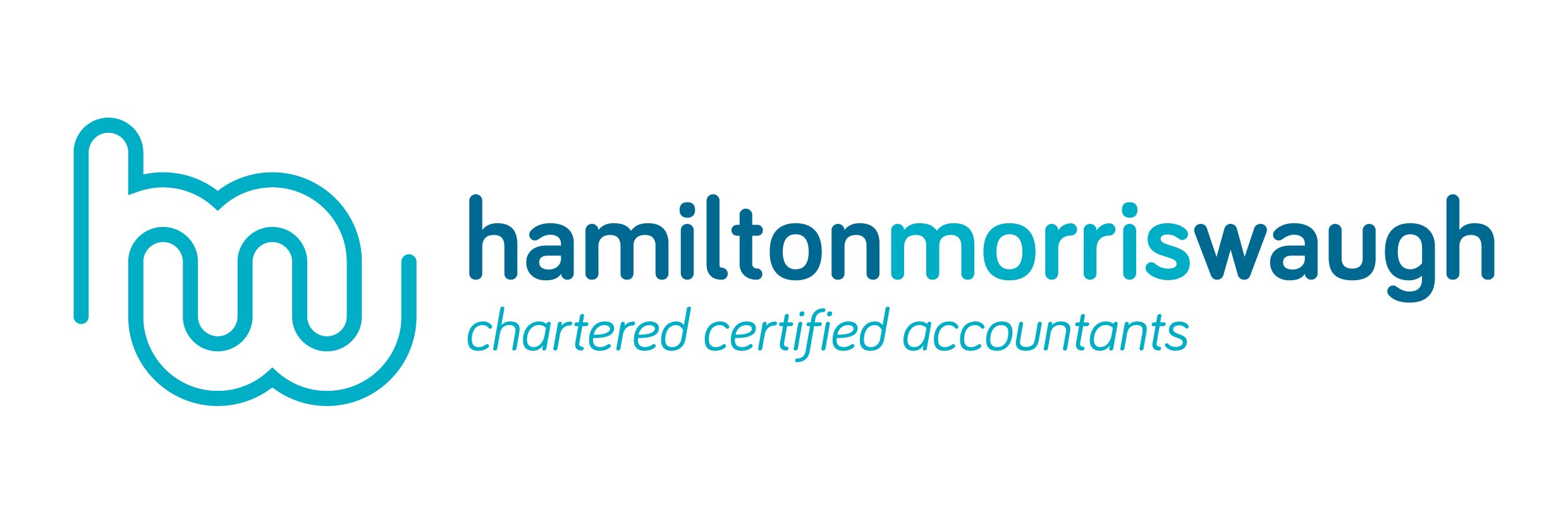Creating a stellar business plan is vital, regardless of your industry or business size, whether you’re just starting out or if you’ve been in business for years.
A good strategy will give you and your team realistic targets to aim for and steer your business in the right direction. It can also help persuade potential investors and clients that their money is in capable hands.
But while understanding the importance of a good strategy is one thing, knowing how to make the best business plan can be challenging. Here’s what you need to know.
How to make the best business plan
The executive summary
The executive summary is the initial introduction to your business plan. It briefly presents an overview of your enterprise, including your mission statement, the core concept of your business, and the array of products or services you provide.
A compelling executive summary plays a pivotal role in capturing the interest of potential investors and persuading them to read further about the business proposal.
Our top tips for writing an excellent executive summary:
- Focus on clarity and conciseness. Ensure that readers can grasp the essence of your business in just a few short paragraphs.
- Highlight critical financials and growth prospects. Make it clear from the outset why investing in your business would be worthwhile.
Company description
A company description should include any essential details about your business. It also represents an opportunity to explain what your business does, why you’re starting it, and its core objectives.
Share your enthusiasm and vision for the future, shedding light on what makes it stand out from the competition.
Our top tips for writing your company description:
- Understand your place in the industry. Describe the purpose of your business and how it fits in the current ecosystem.
- Clearly articulate your unique value proposition. Help readers understand why your business is unique and what drives its potential for success.
Market analysis
For this section, you should analyse your industry, target audience and the competitive landscape. You must include a market research summary and estimate potential demand for your products and services.
Discuss the distinctive benefits and features that differentiate your offerings from your competitors.
- Consider your marketing strategy. How do you plan to market your products and services to potential customers? Do you have a particular demographic in mind? How will you reach your target audience?
- Use credible sources. Utilise credible data sources to bolster your market analysis, ensuring your conclusions are grounded in solid evidence. For example, you can use Companies House to search competitors’ financial data.
Competitive analysis
- Who are your competitors? Think about your biggest competitors – which businesses have similar product offerings? Do you have any indirect competitors?
- Be honest and realistic. Understand your business’s position and acknowledge areas for improvement while highlighting your strengths.
Organisational structure
- Explain the team dynamics. Outline everyone’s roles and explain who is responsible for different aspects of the business.
- Showcase your management team. Include brief bios highlighting key team members’ experience and skills, emphasising their ability to drive your business forward.
Financial projections
- Be conservative in your estimates. You should always keep your projections realistic and grounded. This is especially important when writing a business plan for a startup.
- Work with an accountant. Bringing in a financial expert to help you draw up business projections can ensure that your numbers are as accurate as possible.
Appendix
Putting your plan together
When researching how to make the best business plan, it’s worth looking at templates online. Government guidance on writing business plans references documents you can use from the Prince’s Trust, but there are many other online resources to choose from.
A professional accountant can also help you tailor your business plan to fit your business’s specific needs.
Wondering how to make the best business plan? At Hamilton Morris Waugh, we’re committed to helping you develop a strategy that reflects your vision, passion and strengths.
Contact us to find out how we can help create a business plan that propels you forward.


